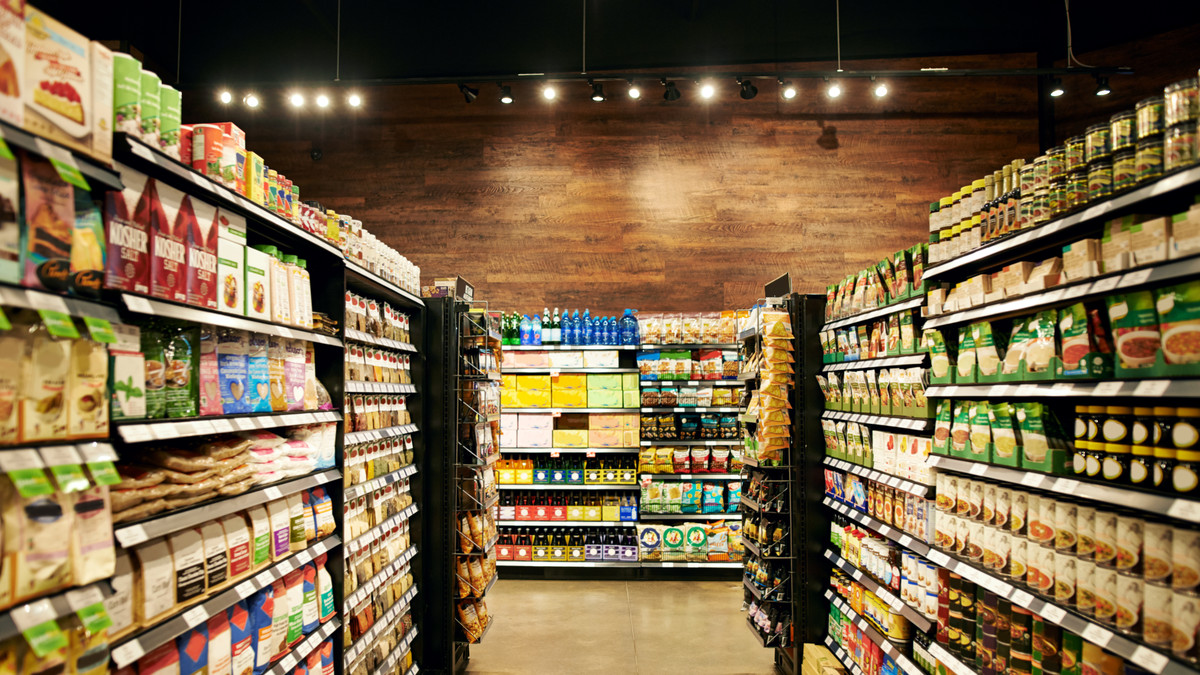Consumer food habits have changed pretty dramatically in the last few years. We’ve seen a shift in spending on dining out to retail purchasing as consumers began cooking from home more often. Pre-prepared and single-portion food products have also grown in popularity as consumers choose convenience when eating at home.
Simply put, the pandemic “required many people to up-skill and gain confidence in the kitchen,” FoodNavigator reports. Now, increased home cooking is a trend some experts believe is “here to stay.”
As food manufacturers ramp up production of retail products, converters responsible for printing their food labels have also needed to adapt to these consumer shifts. With an increased number and variety of food products on retail shelves, productivity has never been a more important factor among food label converters.
Production Tips for Modern Food Label Converters
In this article, we explore how food label converters can improve their operations, driving productivity and results for their food brand customers. Opportunities include improving label accuracy and consistency, leveraging automation for greater productivity, and contributing to better planning and market preparedness for food brands.
1. Improve label accuracy and consistency.
The eye of the consumer is very much attuned to color — especially when it comes to food. Accurate color is one of the most important aspects of any food label as a result. Images of green beans that aren’t green may appear unappetizing, for example.
Labels for food products that have been around for decades — soup cans, condiments, and others — are well understood. But today’s packaged products may have a wider variety of color and detail requirements, especially as products for home preparation and dining become more complex.
Converters who offer dependability, as well as greater color diversity, may be better equipped as new food brand demands emerge. Specifically, converters can invest in a press that reproduces vibrant and diverse colors faithfully and consistently — from the first label to the fifty-thousandth. These converters can potentially enjoy productivity and accuracy above and beyond competitor offerings, as a result.
2. Leverage automation for greater productivity.
Automation can also provide unique advantages in terms of modern food label printing. For example, automation can help converters with their overall productivity by enabling them to run and monitor multiple jobs at once. Specifically, automation can help streamline the execution of complex print demands while a single worker or a small number of laborers monitor diverse processes through a digital dashboard.
Automation can help expedite printing processes such as cleaning, changing substrates and other materials, ink usage, predictive maintenance, and color registration as well. Converters also may find that automation helps them achieve quick turnaround on product changes and new product development — essential capabilities in the food industry given ever-changing consumer demands.
3. Improve planning and market preparedness for food brands.
Increasing predictability associated with maintenance, quality, and capacity can also pay dividends in terms of productivity among food label converters. Converters who understand their machines, their capabilities, and their maintenance needs may provide more accurate production results for clients.
For example, converters who leverage automation to achieve greater insight into their machines’ performance can obtain predictive performance and maintenance data. They can use this data to improve planning for both short- and long-term production goals. They can use this data to adjust operations and optimize their workflows, as well as to forecast future needs for materials and labor.
Get a press that makes production sense
Food label converters who spend an inordinate amount of time worrying about their equipment, its reliability, its consistency, and its ability to meet business demands may be less likely to meet productivity requirements for today’s food manufacturers. Boosting consistency, automating key processes, and improving predictability and planning can help ensure that your press is working for you and not the other way around.
Want to learn more? You can visit Epson.com/SurePress or speak directly with an Epson SurePress expert by calling:
Western U.S. (818) 620-2730 | Central U.S. (630) 710-6005 | Eastern U.S. (615) 585-9058
![]()



